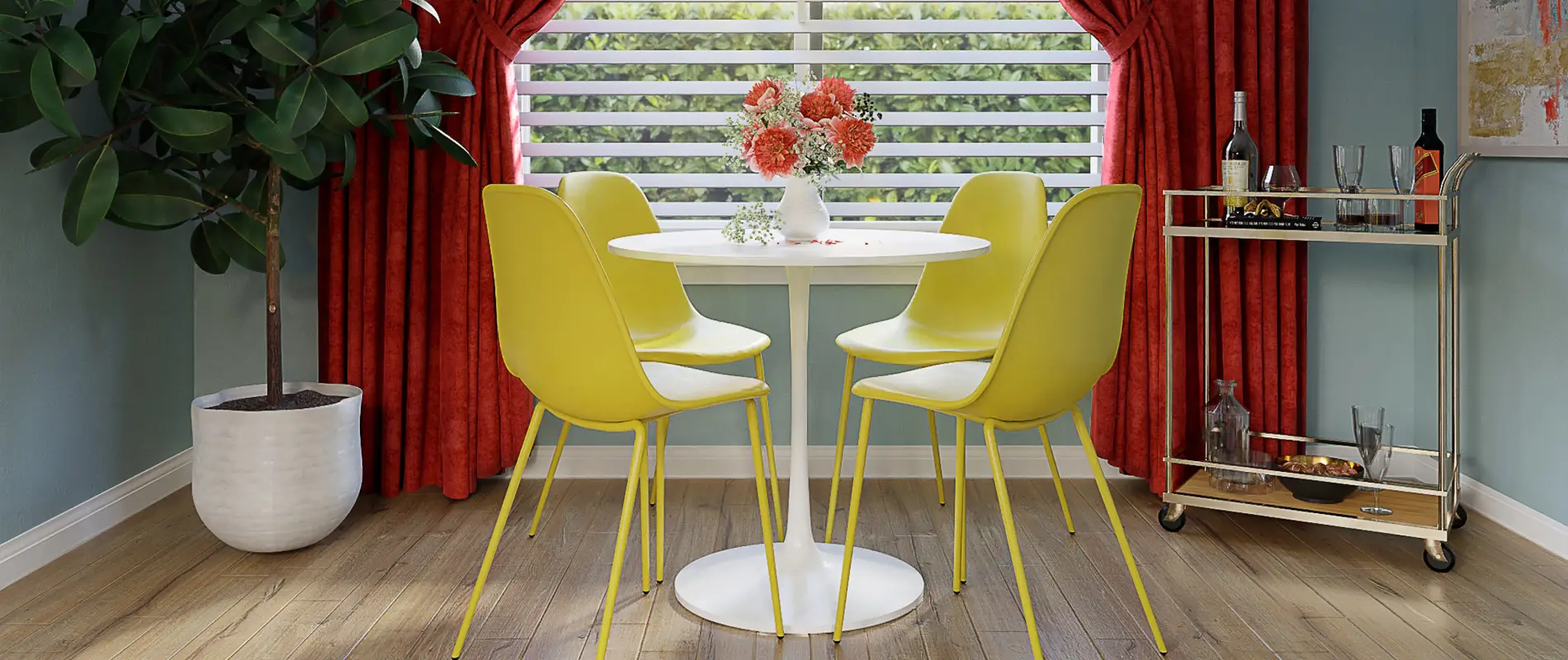© Copyright – Made with MaxiBlocks

WordPress themes: Pure Footer Light PFL-07
Build WordPress sites with MaxiBlocks. All features free forever. No locked functionality. Optional Cloud Library saves you 10+ hours per project. Start free
Elevate your WordPress footer with this sleek design
Ready to transform your website footers with a modern and functional design that keeps your audience engaged and informed? This WordPress website footer layout showcases a simple yet effective structure, ensuring essential information isn’t just there but highlighted.
Original design insights
This footer features a clean, multi-column layout that organizes critical information into three well-defined sections. On the left, you’ll find a polished logo area reinforcing your brand identity. The centre section offers contact details, like email, phone, and physical address, while the right side presents legal links-such as terms & conditions and privacy policy-efficiently.
Key elements:
- Logo: A striking visual element that establishes your brand presence.
- Contact Information: Clearly displayed contact details make it easy for users to reach out.
- Social Media Icons: Interactive icons link to your profiles across various platforms, enhancing connectivity.
- Legal Links: Essential information is neatly filed, ensuring transparency without overwhelming your audience.
Design highlights:
- Color Contrast: A dark background paired with light text creates a standout effect that enhances readability.
- Responsive and Accessible: This layout is designed to adapt seamlessly to different screen sizes, while its clear structure supports accessibility for all users.
- Minimalist Style: Focuses on functionality, delivering information without clutter.
Why choose this design?
This footer block not only serves its purpose but does so with elegance and clarity. Its minimalist approach ensures users can navigate effortlessly while keeping your key information front and centre. Perfect for any WordPress site looking to make a lasting impression, this footer design blends style with practical usability. Harness the power of a well-crafted footer and enhance your WordPress website design today!
Understanding the website footer
A footer on a website, situated at the very bottom of every page, is like the closing credits of a film. It often includes essential information such as contact details, social media links, and legal notices. Sometimes referred to as the “bottom bar,” the footer ensures valuable content does not get overlooked. It’s more than just a website ending-it’s a tool for navigation and communication which, when optimized, can enhance user experience and adhere to website footer best practices.
Size and design of website footers
The size of a website footer typically adjusts based on its content and your website’s overall design. Generally, it occupies about 15-20% of the total page height, but the flexibility of dynamic design tools like WordPress website builders allows it to adapt as needed. Always aim for a balance that provides adequate space for your vital components, without disrupting the overall flow and structure. A well-proportioned footer aids in maintaining visual harmony and effective navigation.
Ten use cases for elevating your website footer
1. Branding enhancement
Incorporate your company’s logo in the footer to reinforce brand identity on every page. This simple addition ensures consistent visibility, making your brand easily recallable. It works perfectly in tandem with your site’s header, creating a cohesive look throughout your website design. By using logos and possibly taglines, you create an ongoing impression that strengthens brand recognition and keeps visitors engaged.
2. Extended navigation
Expand your primary navigation menu by including it in the footer. This is particularly useful for large Gutenberg block-based websites, where access to every page is essential. By mirroring your site’s main navigation elements, you not only improve user experience but also ensure visitors always have easy access to every corner of your site, reducing frustration and increasing accessibility.
3. Contact information display
Your footer provides an ideal space to display contact information. Including your business address, phone number, and email in your footer increases trust and makes reaching you hassle-free for anyone visiting your WordPress website. This section is essential for local SEO and adds credibility by showing genuine business presence.
4. Social media integration
Provide social media links within your footer to enhance connectivity. This can increase engagement with your audience by making it easier for them to follow and share your content. Incorporate visually appealing icons that link directly to platforms like Facebook, Instagram, and LinkedIn, establishing a direct line between your website and these social hubs, thereby enriching your customer relationships.
5. Legal documentation visibility
Include legal information like privacy policy and terms & conditions in your footer. This practice isn’t just about compliance; it instils trust among visitors, showing transparency and respect for their data. Placing such links in your footer enhances their visibility without crowding more crucial parts of your website layout, ensuring accessibility and adherence to legal requirements.
6. Promotion of newsletter subscriptions
Add a newsletter subscription form to your footer to capture leads and build your mailing list. It serves as a subtle yet effective call to action, enticing visitors to connect and receive updates about your offerings. This strategy not only retains interested users but also serves as a platform to keep them engaged with your brand through meaningful content.
7. Highlight testimonials or reviews
Incorporating a snippet of customer reviews or testimonials in your footer allows you to present social proof continually. This can build credibility and influence potential customers throughout their browsing experience. Highlighting positive feedback at the end of each page subtly reassures visitors of the quality and reliability of your offerings, encouraging conversions.
8. Showcase awards and recognitions
Displaying any awards or recognitions within your footer adds an authoritative tone to your site. It helps boost credibility and user trust by showcasing acknowledgment from reputable sources. When visitors glimpse accolades as they scroll, they often develop a greater trust in your services, which can positively impact their decision-making process regarding future business.
9. Inclusion of sitemap link
A link to your sitemap in the footer can enhance usability by offering a complete overview of your site’s structure. This guide benefits both users and search engines by improving navigation and enhancing search engine discoverability. It serves as a roadmap for your site’s architecture, helping both visitors and bots understand your site better, contributing to improved footer SEO outcomes.
10. Display business hours
Listing your business hours in the footer informs visitors when they can reach you. This approach not only helps with local SEO but also sets clear expectations for when users can expect a response. Presenting this information prominently in the footer can help prevent missed opportunities, ensuring visitors know the best times to make contact.
Five ways to enhance your website footer
1. Utilize footer widgets
Take advantage of footer widgets to enhance the functionality of your site footer area. Whether it’s adding a calendar, weather app, or blog feed, widgets provide versatile content additions that can augment user interaction. They allow for dynamic and engaging widgets to be added without compromising the minimalist style, enhancing the website footer design while maintaining usability.
2. Optimize for footer SEO
Utilizing SEO practices for your website footer can improve your site’s search engine visibility. Integrate relevant keywords and link them with appropriate internal pages. This strategy strengthens search engine optimization while ensuring that footer sections contribute positively to your site’s overall SEO performance, driving more traffic through improved search rankings.
3. Creating custom footer designs
Leverage CSS and WordPress page builders to design a custom footer that enhances user experience. By doing so, you can tailor the footer design templates and elements to match your site’s branding and functionality requirements precisely, offering a personalized interface that improves the aesthetic appeal and accessibility of the footer section.
4. Ensure cross-device responsiveness
Make your website footer responsive to deliver optimal user experiences regardless of device type. Implement a responsive web footer template that adapts to varying screen sizes, promoting seamless navigation across mobiles, tablets, and desktops. This accommodates an increasingly mobile web audience, improving accessibility and user satisfaction with the site footer layout.
5. Simplify navigation with drop-down menus
Implement drop-down menus in your footer for a streamlined navigation experience. Use them to consolidate complex menu structures, reducing clutter while expanding usability. This method ensures primary navigation remains straightforward while allowing users quick access to less-frequently visited pages, supported by best practices for using drop-down menus. Thus, simplifying navigation can significantly enhance user interaction and website efficiency.
Customizing your WordPress footer without coding
Curious about customizing your WordPress footer without delving into code? Most block themes and free WordPress themes come equipped with easy-to-use customizable settings. Simply navigate to your theme’s customization panel and find the footer section. Here, you can modify text, colours, and even add widgets with just a few clicks, making updates straightforward and code-free.


